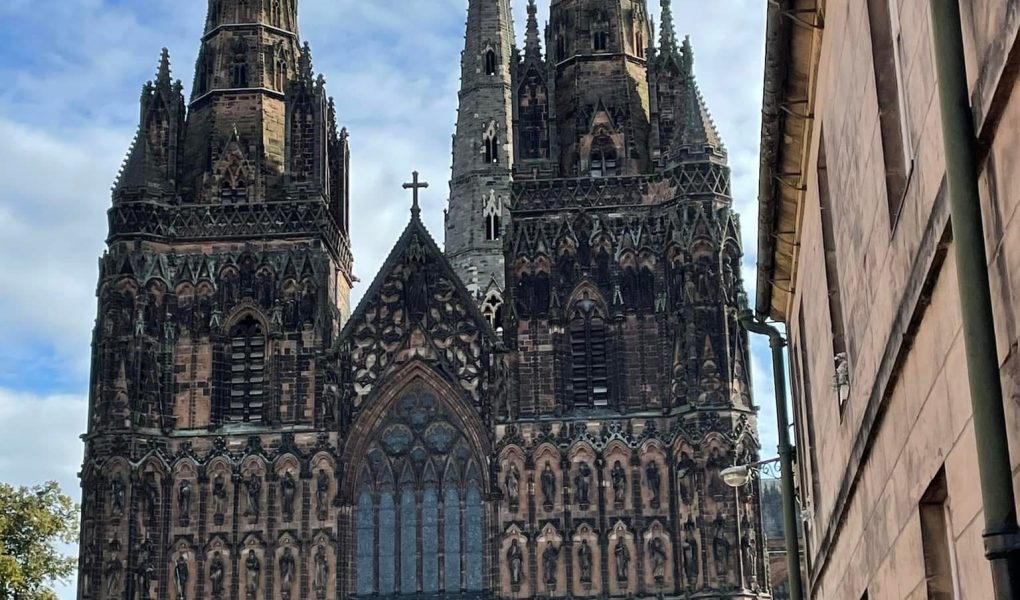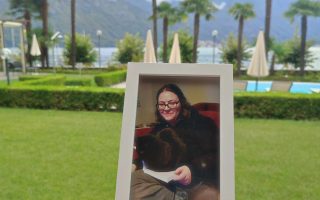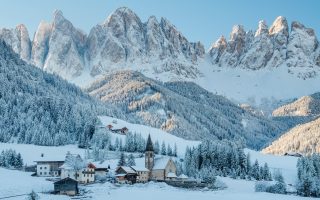Lichfield is a cathedral city, but you’d be forgiven for mistaking it for a small town. Size isn’t everything. There is certainly plenty to see and do.
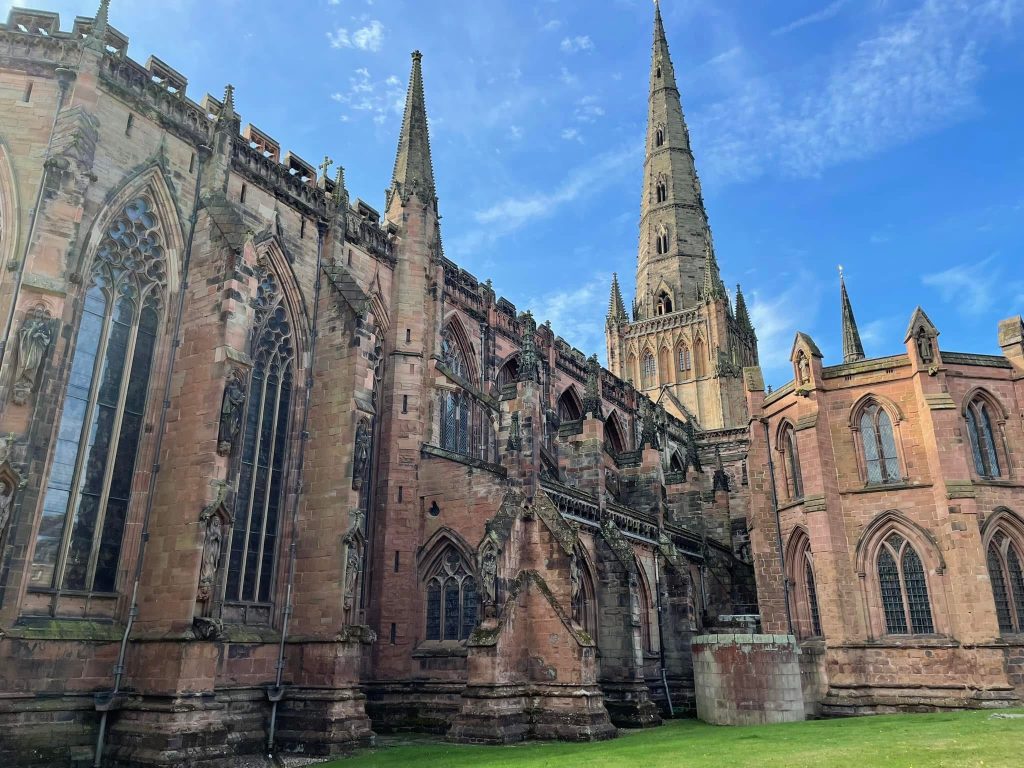
It may well be a cathedral city, but it also has a little surprise gem. Lichfield was the home of Erasmus Darwin, grandfather of the more famous Charles, and a very eminent scientist. He was a true polymath. In fact, it has been said that nobody since has achieved as much in such a wide range of fields. Although principally a physician (he was so highly regarded in that field it led to George III asking him to be his personal physician, an honour Darwin declined in order to remain in Lichfield), he was a poet, naturalist, philosopher and botanist. He was also an ahead-of-his-time inventor. He invented a speaking machine, a copying machine and the steering technique used in modern cars. He was the first person to fully understand and be able to explain photosynthesis as well as the formation clouds. Interestingly, the first theories of evolution were his, passed down to his son and then his grandson, Charles. With his friends, he set up the Lunar Society, said to be the intellectual powerhouse of the industrial revolution.

Today the house that he modified and developed has been turned into a free museum, filled with science activities and recreations of his inventions. What appears to be a very modest garden that you enter opposite the front of the cathedral has been recreated with the plants and herbs that Erasmus would have grown to use in medicinal preparations. The plants are part of the national collection.
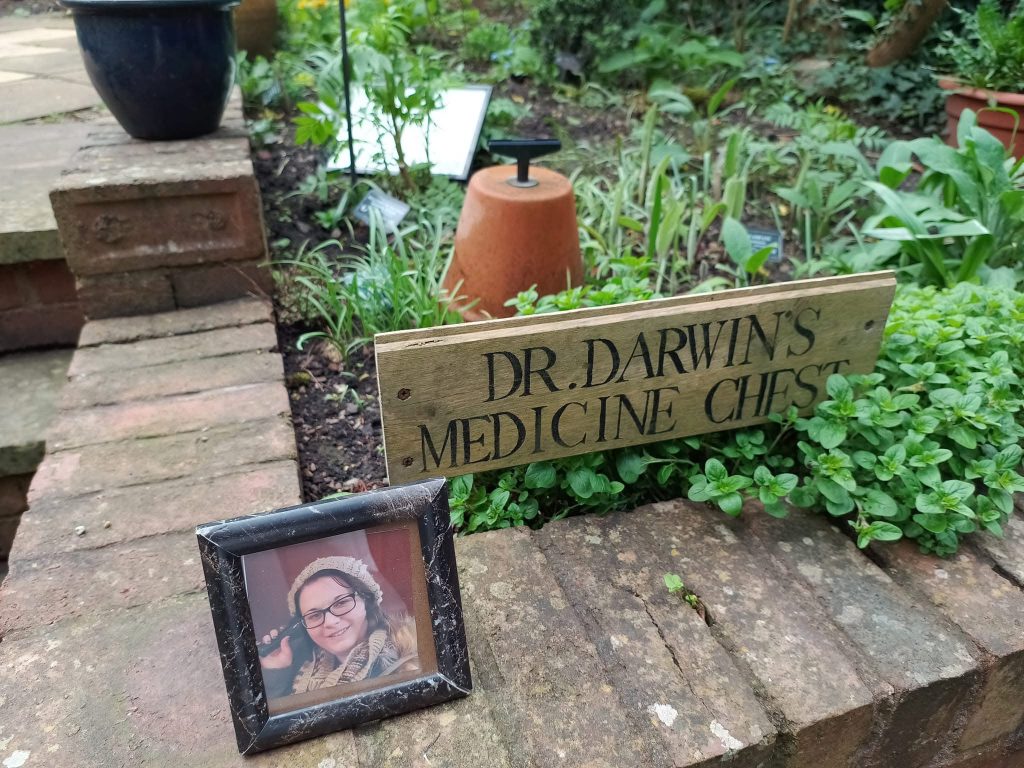
Another famous son of Lichfield was the Lexiconographer, Samuel Johnson. The house he was born in has been turned into a museum of his life, work and personality. Unfortunately, I didn’t have a chance to visit, but I’m sure it must be a fascinating place to explore. He was a brilliant, but troubled man.
The cathedral is the only medieval three-spired cathedral in the country. It’s one of the oldest places of Christian worship in the UK. St Mary’s was the first church built on the site in 659. The first cathedral was consecrated in 700AD. The Normans built a cathedral after their invasion, but little traces of that remain in the current building, which was finished around 1340, built in the gothic style of the era.
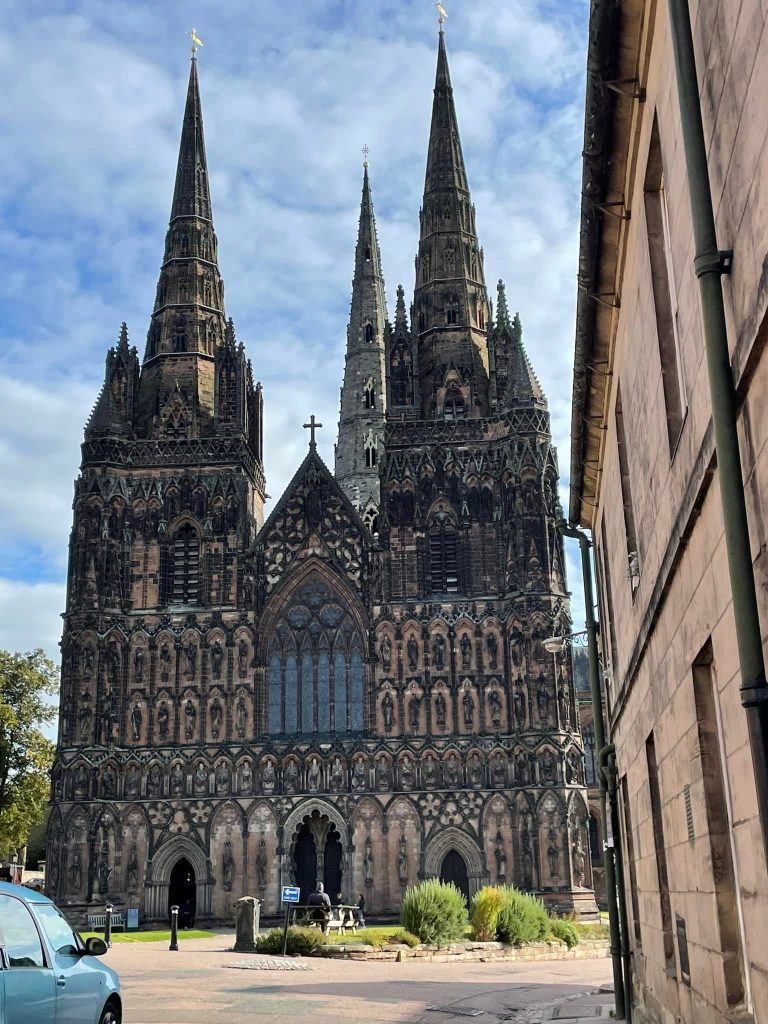
The cathedral was besieged three times during the civil war and experienced more damage than any other cathedral in the country. The roof and central spire were among the structural damage. The damage was repaired in just nine years. In the 19th century, the last cathedral restoration took place and the result was the cathedral you see today.
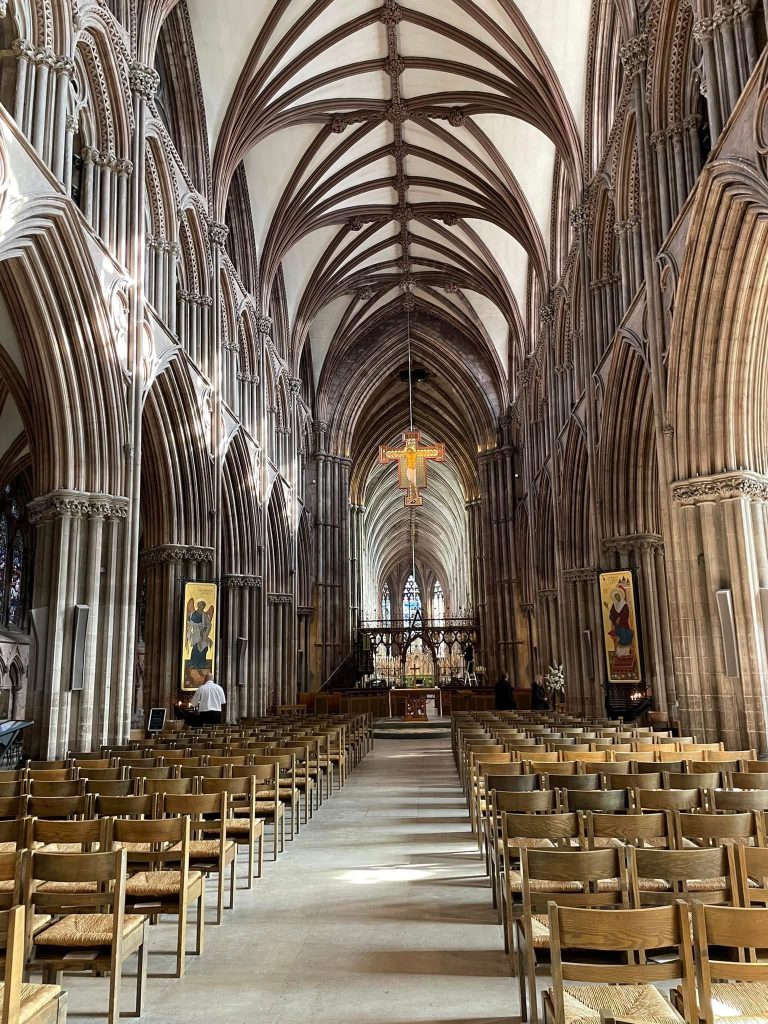
Lichfield and the cathedral are closely associated with St Chad. He arrived in 669 to be the first Bishop of Lichfield. He was respected for his passionate teachings and for genuinely practicing what he preached. So great was the regard for him that he was considered a saint before he died. When he died his remains were soon venerated and attracted pilgrimages. His relics were removed during the civil war, some were preserved and now lie in St Chad’s Cathedral in Birmingham.

Lichfield is a lovely city to stroll around. In the 12th century, the city was laid out in a ladder formation by Roger de Clinton and this pattern remains today. There are over 200 listed buildings, although the history has been dated back to the mesolithic period and possibly a flint industry. Remains of a neolithic settlement have been discovered in the area where the cathedral is now. Romans settled in the area for a few hundred years and what is believed to be a Roman/Anglo burial was discovered under the cathedral in the 1700s. Little history has been recorded between the Roman and Saxon period until the area was given by the king of Mercia to be an eclisiastical site. The first cathedral was built to house the bones of St Chad, and two later kings of Mercia were also buried there, adding to the prestige of the new cathedral. The vikings destroyed the settlement and it was firmly in decline until Roger De Clinton pulled the scattered settlements together. The cathedral and much of the town were largely destroyed by a fire in 1291. Yet the cathedral was completed and the town regrew.

Two streams run through Lichfield and these have been dammed to create two pools, although they are more like lakes, not far from the cathedral. They are very tranquil to stroll around. There are plenty of parks and green spaces too.
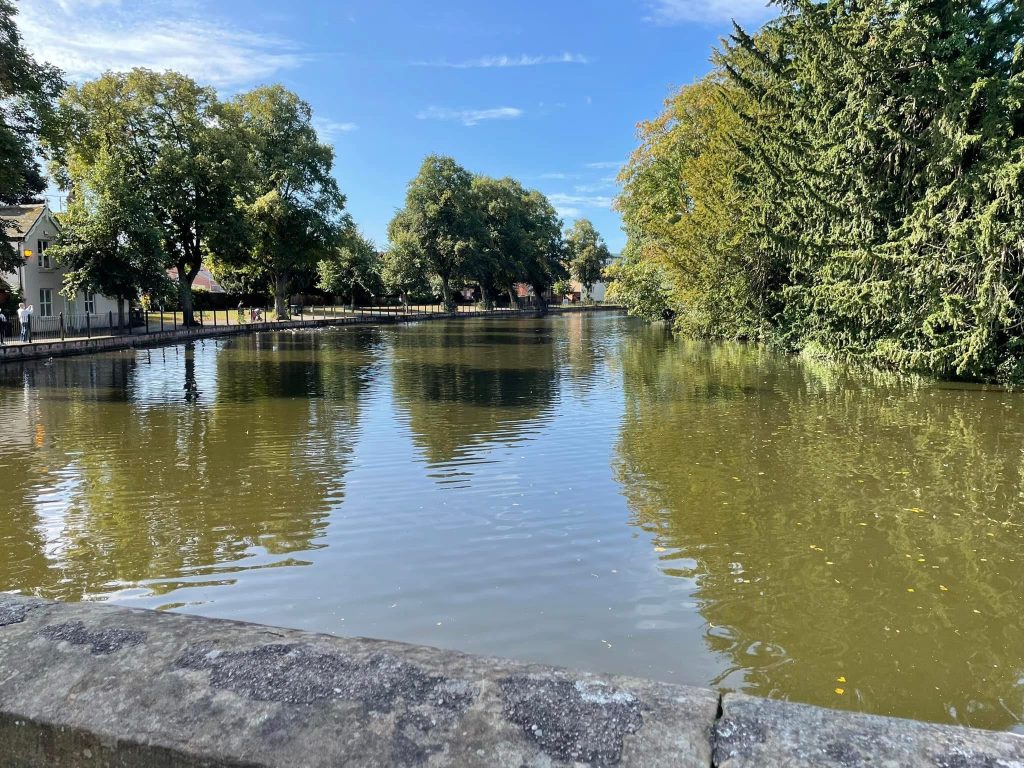
The town centre has a variety of shops, cafes and bars. I was visiting with friends and their dogs, so a dog friendly cafe was needed. The Encore bar and coffee shop was where we ended up and they were very dog friendly. Wagging tails were everywhere, eyes drawn to any children eating in case some dropped food needed “cleaning up”. Dogs are very considerate in that way. The food was delicious and the coffee was too. The welcome was very warm.
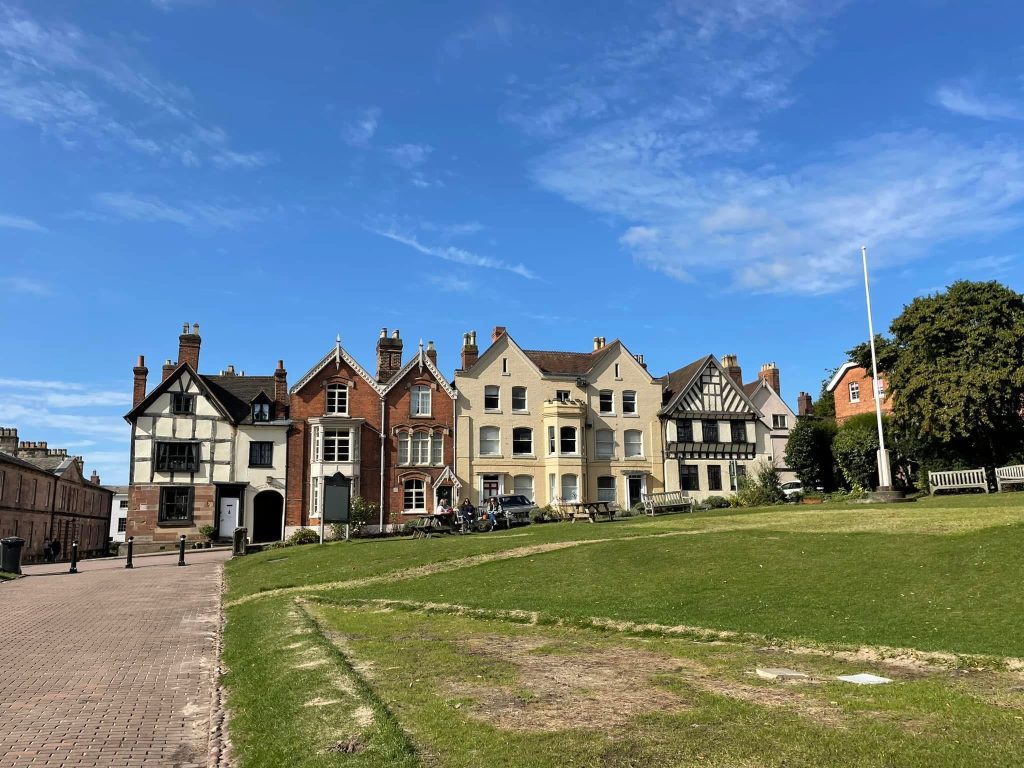
If you do decide to visit and you are on a budget, the car parking is much cheaper on a Sunday. Do your research about where to park as it can get very busy. As well as the Darwin House museum, there are other free places to visit and the incredible array of listed buildings is enough to keep most people interested just by strolling around. As I said from the outset, Lichfield may be a very small city, but you’d easily spend a day seeing everything there is to see.

